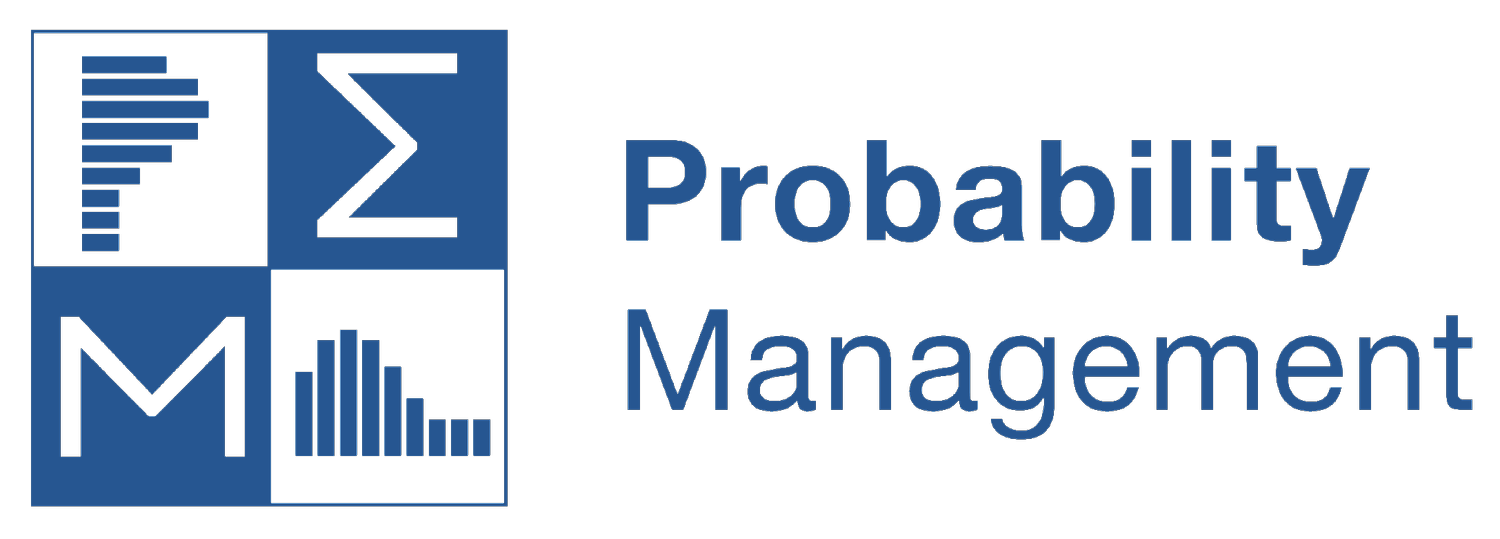by Dr. Sam Savage
Risk Doesn’t Add Up
If the risk of a power outage in City A next year is 60% and the risk of an outage in City B is 70%, then the risk of an outage across both cities is 130%, right? Obviously not, but what is it? Before the discipline of probability management, you couldn’t just add up risks. But today, you can represent the uncertainty of an outage in each city as a SIP as shown, where a 1 indicates an outage in that city. Simply summing the SIPs row by row provides the number of failures across both cities, then using the “Chance of Whatever” button in the SIPmath Tools you will find that that the risk of at least one failure across both cities is 88%. This pastes the following formula into the spreadsheet.
=COUNTIF( Sum, ">=1") / PM_Trials, where PM_Trials is the number of trials.
I am currently working with Shaun Doheney and Connor McLemore to apply these idea to Military Readiness, and Shaun will be presenting the MAP Model at our upcoming Annual Conference.
Nobody Has a Clue That This is Possible
How do I know? I recently bought RiskRollup.com, ConsolidatedRiskManagement.com, and ConsolidatedRiskStatement.com for $11.99 each. I probably won’t be able to retire on these investments, but I’ll bet I get a decent return.
Probability Management is Stochastic Optimization Without the Optimization
The holy grail of consolidated risk management is to optimize a portfolio of mitigations to provide the best risk reduction per buck. You might think that if people aren’t even rolling up risk today, we must be years away from optimizing. But that is not true. The concept of SIPs and SLURPs was in use in the field of stochastic optimization (optimizing under uncertainty) long before probability management was a gleam in my eye. This is the technique we applied at Royal Dutch Shell in the application that put probability management on the map. The scenarios of uncertainty generated by stochastic optimization are effectively SLURPs, and I argue that they are too valuable in other contexts not to be shared in a corporate database.
We are honored that a pioneer in stochastic optimization, Professor Stan Uryasev of the University of Florida, will also be presenting at our Annual Conference. I know I have a lot to learn from him. I hope you will join us in March.
More on rolling up risk and a discussion of the Consolidated Risk Statement are contained in a December 2016 article in OR/MS Today.

